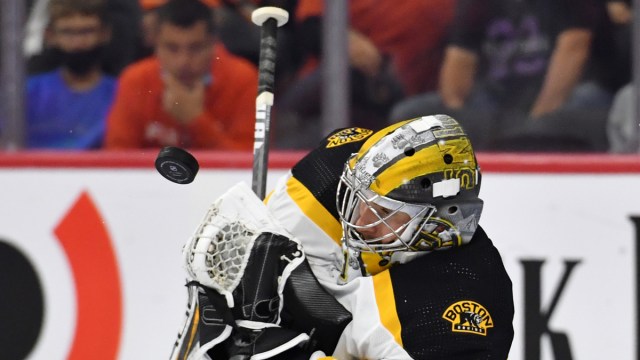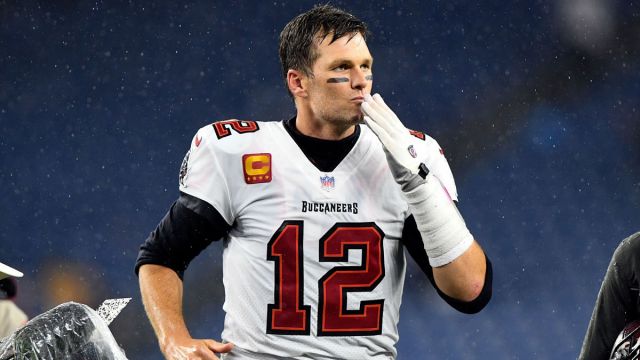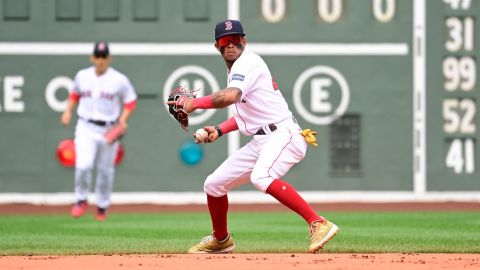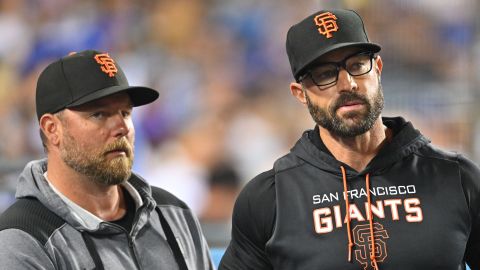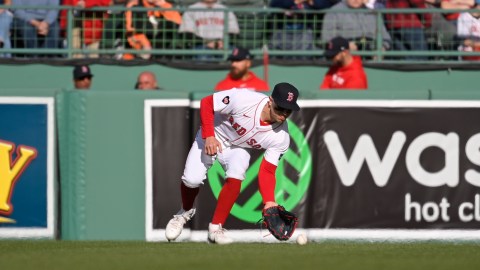The Boston Red Sox and New York Yankees each played 162 regular-season games, including 19 between themselves, and couldn’t solve much of anything.
For better or worse, they’ll do just that Tuesday night at Fenway Park in the American League Wild Card Game.
The rivals played each other as close as they could this season, with Boston winning 10 of the 19 games, outscoring the Bronx Bombers by a single run.
You might say the stats don’t matter in a one-game playoff, but if you’re looking for a frame of reference, we’ve hit the books looking for some statistical context that might clue us in on what happens Tuesday night.
Then again, if a ball hits a pebble and bounces a certain way, none of it really matters. Hopefully the numbers do matter, though, because otherwise, this exercise is a giant waste of time. With that, let’s get into it.
FIRST RUN WINS?
Might be slightly overstating it there, but the merits of scoring first are obvious, and both of these teams thrived when they were able to put their cleats on home plate before their opponents.
Red Sox record when scoring first: 57-28
Yankees record when scoring first: 60-22
That the Red Sox winning percentage when scoring first (.671) is less than the Yankees’ percentage (.732) does speak to the bullpen discrepancy between the two and really underscores the importance of a solid outing from Nathan Eovaldi. Yankees relievers ranked third in wins above replacement this season (Fangraphs), while the Red Sox ranked ninth. However, injuries and ineffectiveness have hampered Boston over the final couple of months, as the Sox have a bottom-10 bullpen by WAR since Aug. 1. In the same span, the Yankees rank fourth in baseball and are trending up with Luis Severino looking very strong out of the bullpen since his return.
Then again, these teams were among the best in baseball when having to play from behind. Boston had 47 comeback wins, while the Yankees had 44.
… OR MAYBE FIRST TO FOUR?
Sportsbooks have set the total at 8.5 runs for Tuesday night, which isn’t a huge number given the offensive firepower in both dugouts. So, perhaps the race to four is what wins the game.
Red Sox record when scoring four or more runs: 82-18
Yankees record when scoring four or more runs: 71-22
PLOW MAN BEHIND THE PLATE
Eovaldi takes the ball for Boston, which means Kevin Plawecki should be behind the plate, at least to start the night. The splits for Eovaldi when pitching to Plawecki as opposed to Christian Vázquez are quite noticeable.
Eovaldi to Plawecki: 96 IP, 3.28 ERA, .644 OPS against
Eovaldi to Vázquez: 66 IP, 4.77 ERA, .766 OPS against
It gets even more telling, though. Plawecki essentially became Eovaldi’s caddie starting Aug. 11, catching all but one of the right-hander’s final 10 starts. The one start he didn’t catch? That would be Sept. 24 when the Yankees shelled Eovaldi for seven runs on seven hits in less than three innings of work.
In the nine starts of that stretch Plawecki did catch Eovaldi, the All-Star allowed just 12 runs in 53 2/3 innings (2.01 ERA) while striking out 12 batters per nine innings. It would be borderline shocking if Plawecki isn’t penciled into Alex Cora’s starting lineup. It also doesn’t hurt that Vázquez has a lifetime .308 average (8-for-26) with a pair of home runs as a pinch hitter.
COLE’S CURVE
Cole might win the American League Cy Young Award. He is a very good pitcher. He was very good for most of the season. There was, however, a bit of a speed bump midway through the season that just so happened to coincide with baseball’s crackdown on pitchers’ abuse of sticky substances.
In Cole’s 14 starts before the crackdown, he threw his curveball 18.6% of the time. After the rule went into place, his reliance on Uncle Charlie dropped to just 13.1% of his offerings. That’s probably in large part because the curveball started to get hit — hard.
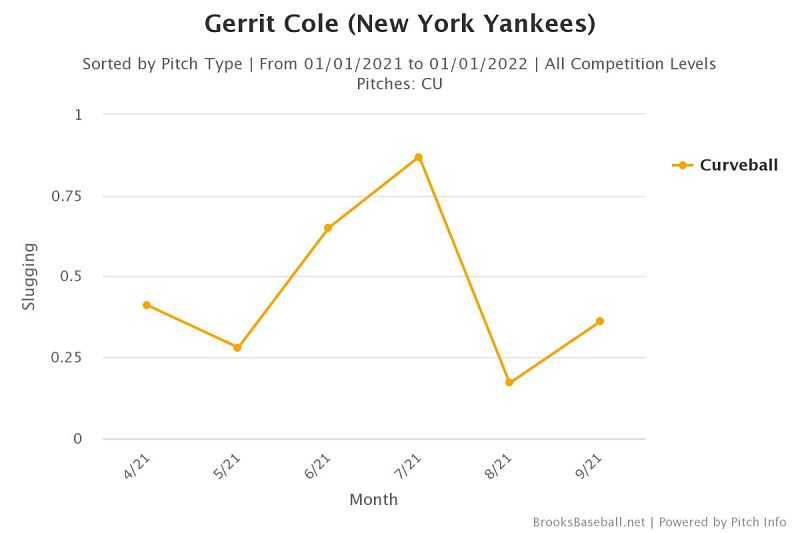
As you can see, though, he did figure things out, sort of, toward the end of the season, but batters’ success has started to creep back up down the stretch. Also worth noting? Game-time temperatures in Boston call for a high of just 54 degrees. Grip might be an issue.
However, this is where the potential loss of J.D. Martinez might really hurt the Red Sox. He hit .314 with a .647 slugging percentage against curveballs this season.
If you’re looking for someone else in the Sox lineup to do damage should Cole go to No. 2, Rafael Devers (.565 slugging), Skyle Scwharber (.649!) and Bobby Dalbec (.608) are the most likely to benefit. Devers, by the way, has owned Cole this season, hitting three home runs off the righty, though none of them came on curveballs.
WELL-RESTED
One thing working in Cole’s favor is he’s working on five days’ rest. For most of his career, he hasn’t been quite as effective with the extra day of rest. However, he’s been nails when getting five days in between starts this season.

FAN OF THE FRAME
Kyle Higashioka is likely to get the start behind the plate for the Yankees, and don’t be surprised if he’s able to steal a strike in a big spot. He converted 50.2% of non-swing pitches into called strikes in the “Shadow Zone,” ranking seventh in baseball. The league average was 47.7%. For comparison, Plawecki checked in at 47.2%.
KEEP IT IN THE PARK
The Yankees finished sixth in all of baseball with 222 home runs. The Red Sox, meanwhile, hit 219 dingers. Our advice to each pitching staff? Don’t give up home runs.
Yankees record when not hitting a home run: 17-28
Red Sox record when not hitting a home run: 16-31



